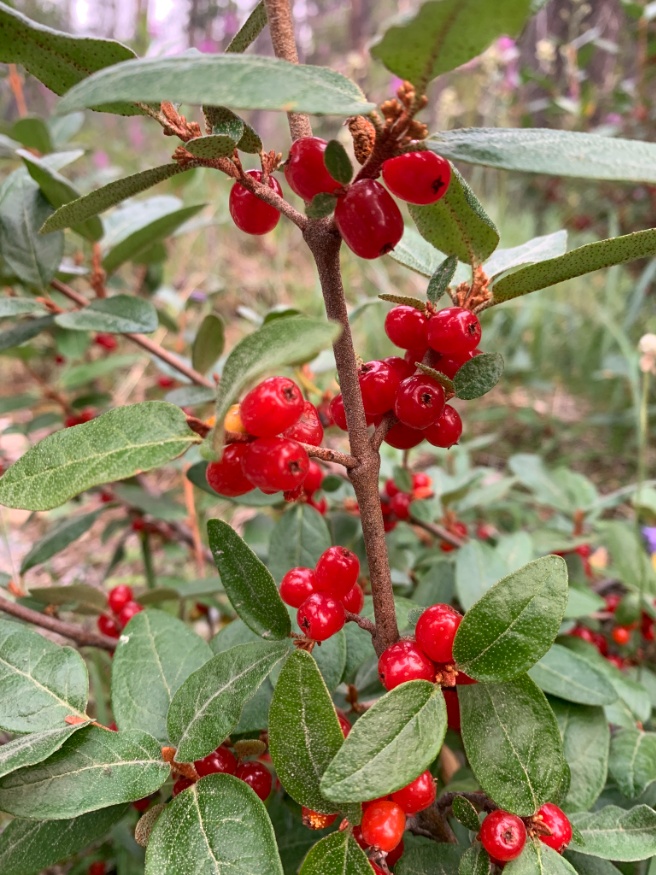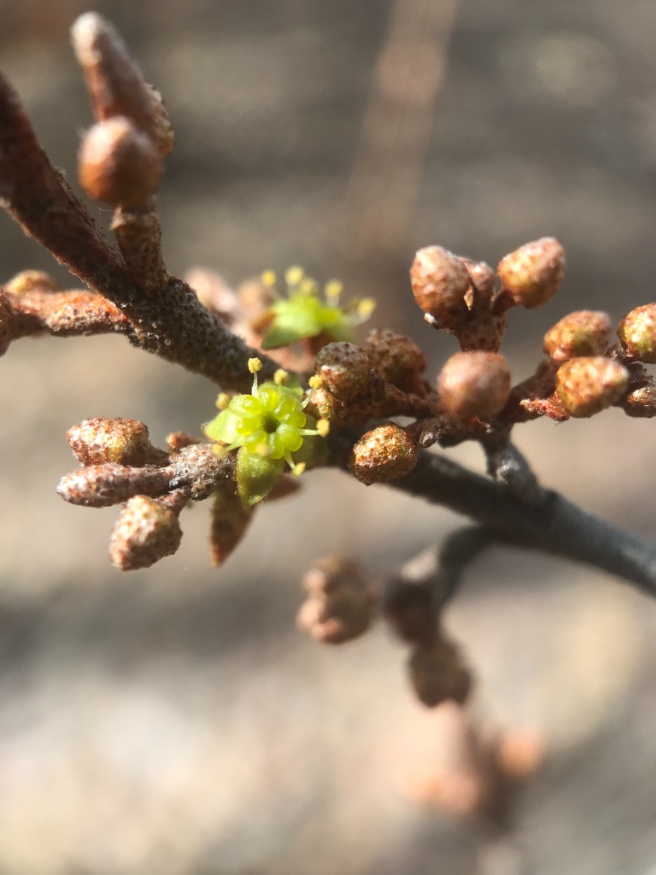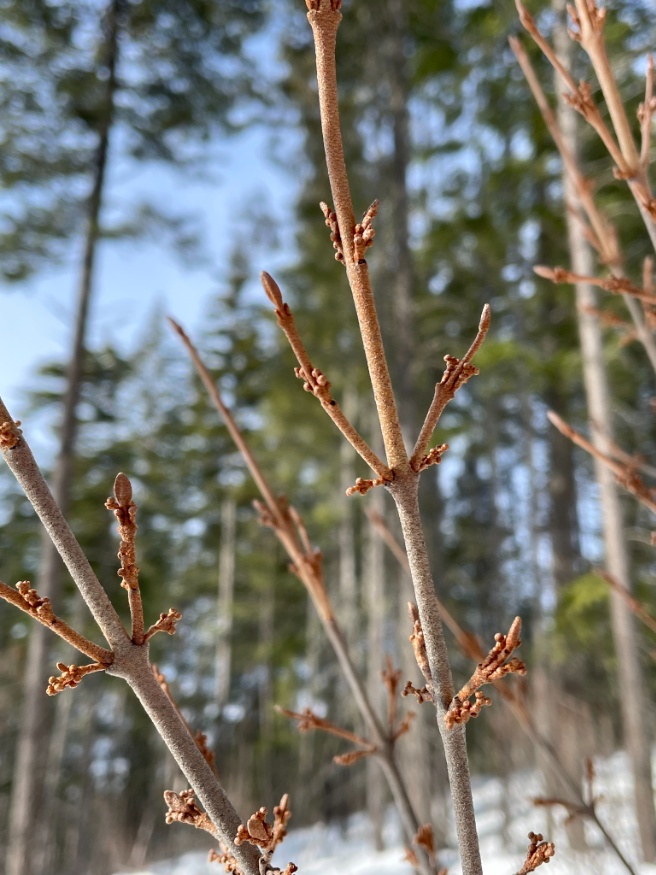About
Soapberry is a dioecious, thicket-forming shrub, widespread across most of Canada. It can be found in forest openings, understory, slopes, and riverbanks of the boreal or western elevated sites. Yellow Flowers in a round inflorescence occur from April to May followed by tart, red to yellowish berries. Often used for jams, teas or dried; they're edible/medicinal and "Soapy" when crushed. Loose, open branches bear elliptic leaves, opposite in arrangement, and turning red in the fall. Soapberry is hardy and tolerates a variety of light and soil conditions.
No seeds available for this plant at this time.
No plants available for this plant at this time.
Shipping
We currently ship seeds to all Canadian provinces and ship plants just within the provinces of British Columbia and Alberta. Seeds ship year-round and usually take a few days (or longer if you are ordering from a distant province). It usually takes 2-5 business days in the mail for plant orders once shipped. Plants are generally available from May to September and can be reserved during off season; Shipping costs are calculated during checkout. Seed orders over $100 ship free! See Shipping for more details.


